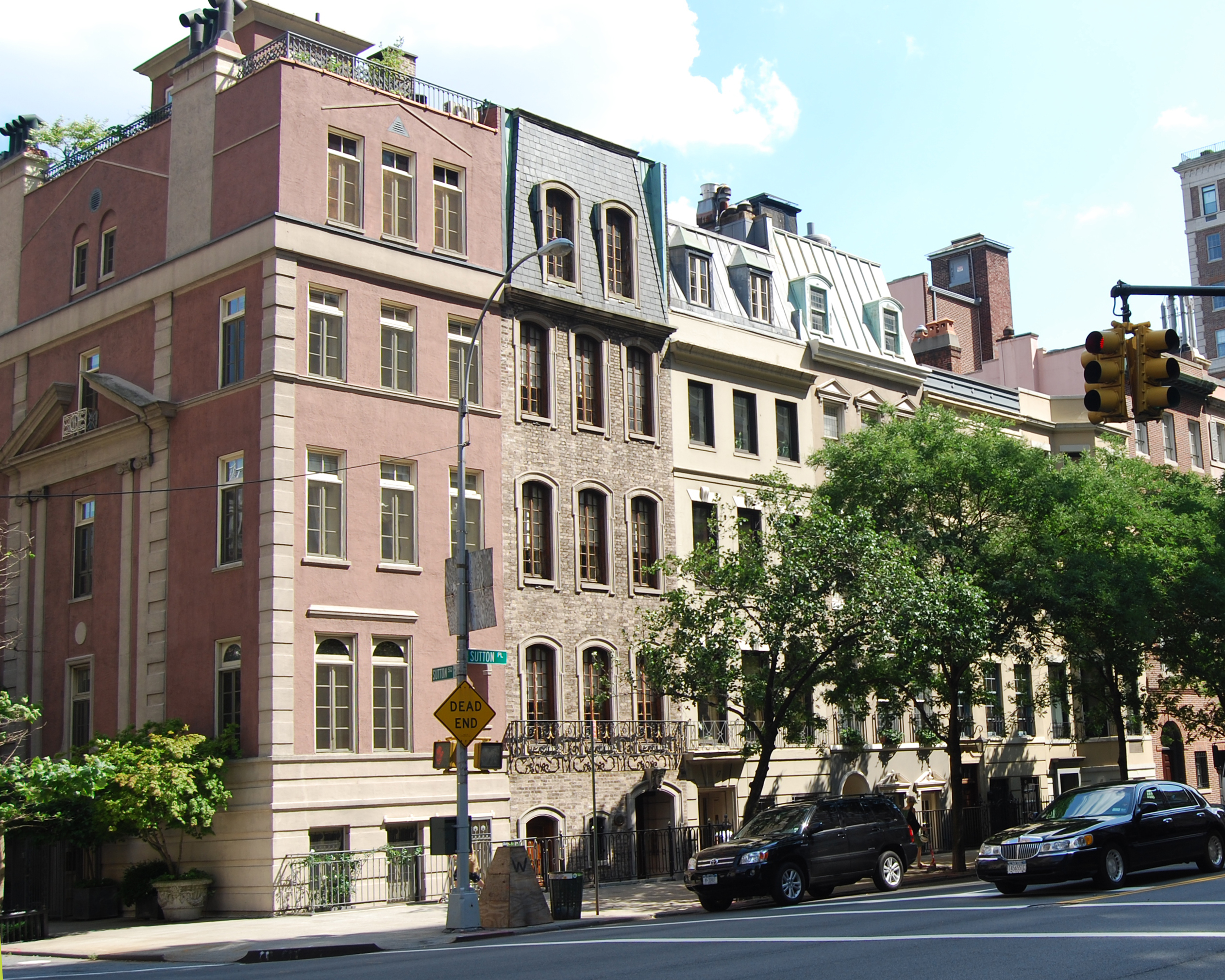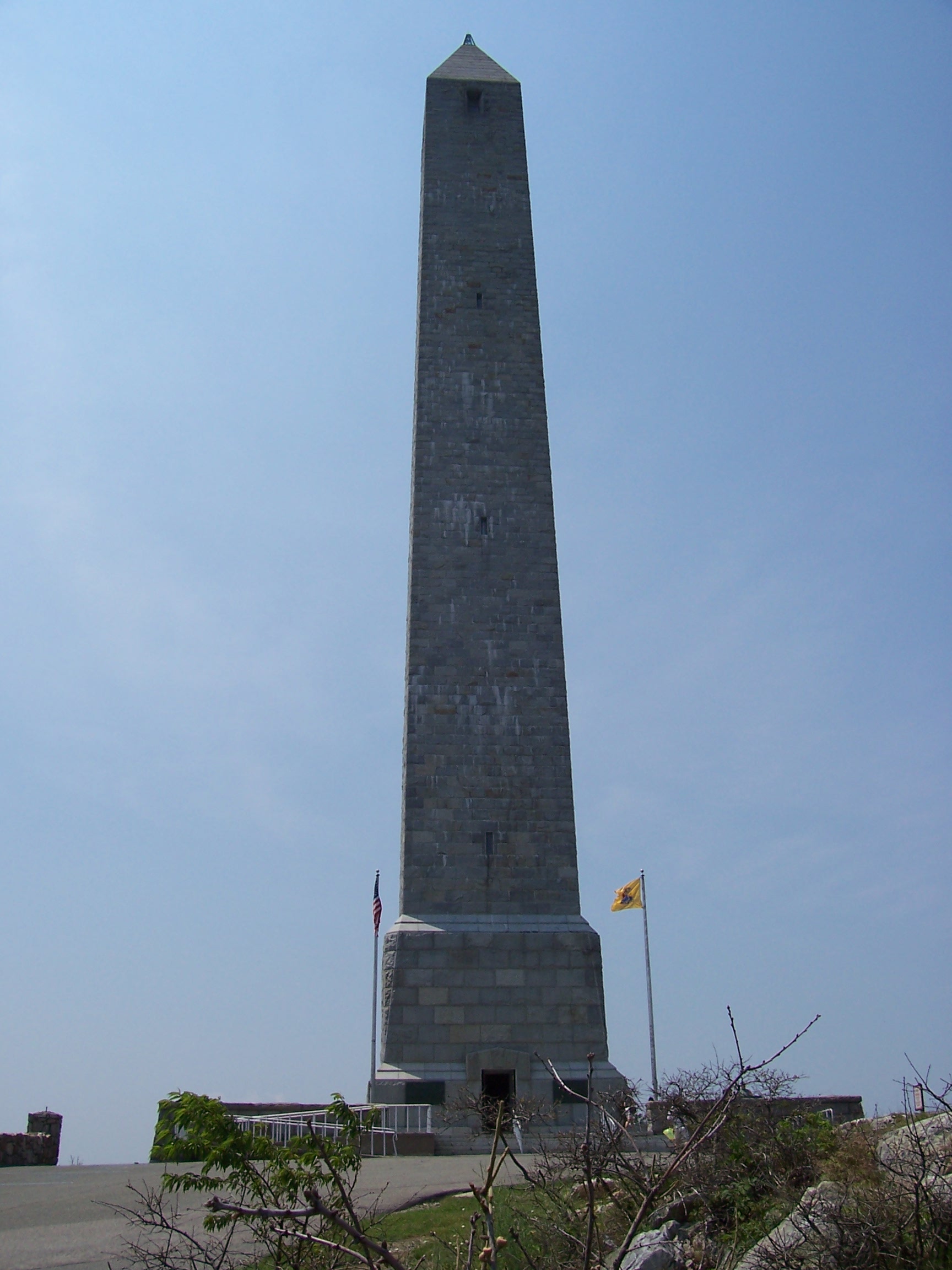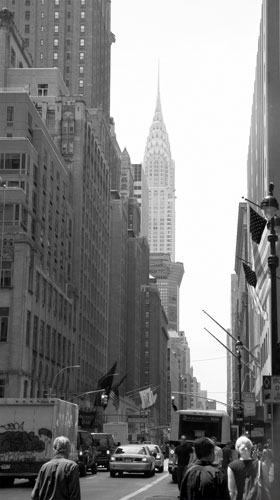|
Church Of The Epiphany (Episcopal, Manhattan)
The Church of the Epiphany is an Episcopal Church (United States), Episcopal church designed in the Norman architecture, Norman Gothic architecture, Gothic style, located at 1393 York Avenue, on the corner of 74th Street (Manhattan), East 74th Street, on the Upper East Side of Manhattan, New York City. The church was founded in 1833. The building at its current location was dedicated in 1939, and consecrated in 1944. History The congregation held its first service on January 6, 1833, in a hall on the corner of Allen Street and Houston Street. It was the first church of the New York Protestant Episcopal City Mission Society. In 1834 it moved to a new building at 130 Stanton Street, between Essex Street and Norfolk Street. It incorporated in 1845 and became an independent parish. In 1874 it moved to 228 50th Street (Manhattan), East 50th Street, between Second Avenue (Manhattan), Second and Third Avenue (Manhattan), Third Avenues. In 1881, it moved to 47th Street (Manhattan) ... [...More Info...] [...Related Items...] OR: [Wikipedia] [Google] [Baidu] |
York Avenue
York Avenue and Sutton Place are the names of a relatively short north-south thoroughfare in the Yorkville, Manhattan, Yorkville, Lenox Hill, and Sutton Place neighborhoods of the East Side (Manhattan), East Side of Manhattan, in New York City. York Avenue runs from 59th Street (Manhattan), 59th to 92nd Streets through eastern Lenox Hill and Yorkville on the Upper East Side. Sutton Place and its southern extension runs through their namesake neighborhood along the East River and south of the Queensboro Bridge, with Sutton Place South running from 53rd Street (Manhattan), 53rd to 57th Street (Manhattan), 57th Streets and Sutton Place from 57th to 59th Streets. The street is considered among the city's most affluent, and both portions are known for upscale apartments, much like the rest of the Upper East Side. Addresses on York Avenue are continuous with that of Avenue A (Manhattan), Avenue A in the Alphabet City, Manhattan, Alphabet City neighborhood, starting in the 1100 series a ... [...More Info...] [...Related Items...] OR: [Wikipedia] [Google] [Baidu] |
50th Street (Manhattan)
50th Street is a street in the New York City borough of Manhattan. The street runs eastbound from 12th Avenue, across the full width of the island, ending at Beekman Place and carries the M50 bus line, which returns on 49th Street. The following subway stations serve the street, west to east: * 50th Street at Eighth Avenue serving the trains * 50th Street at Broadway serving the trains * 47th–50th Streets – Rockefeller Center at Sixth Avenue serving the trains Sites of interest A telephone exchange building at 435 West 50th Street in Hell's Kitchen serves the northwestern section of Midtown Manhattan. The Park West Educational Campus is on 50th Street between Eleventh and Tenth Avenues. Five different high schools share the campus: Facing History High School, Manhattan Bridges High School, Food and Finance High School, High School of Hospitality Management, and Urban Assembly School for Design and Construction. Worldwide Plaza is at the intersection with Eighth ... [...More Info...] [...Related Items...] OR: [Wikipedia] [Google] [Baidu] |
Cantilever
A cantilever is a rigid structural element that extends horizontally and is supported at only one end. Typically it extends from a flat vertical surface such as a wall, to which it must be firmly attached. Like other structural elements, a cantilever can be formed as a beam, plate, truss, or slab. When subjected to a structural load at its far, unsupported end, the cantilever carries the load to the support where it applies a shear stress and a bending moment. Cantilever construction allows overhanging structures without additional support. In bridges, towers, and buildings Cantilevers are widely found in construction, notably in cantilever bridges and balconies (see corbel). In cantilever bridges, the cantilevers are usually built as pairs, with each cantilever used to support one end of a central section. The Forth Bridge in Scotland is an example of a cantilever truss bridge. A cantilever in a traditionally timber framed building is called a jetty or forebay. In the southe ... [...More Info...] [...Related Items...] OR: [Wikipedia] [Google] [Baidu] |
Positive Organ
A positive organ (also positiv organ, positif organ, portable organ, chair organ, or simply positive, positiv, positif, or chair) (from the Latin verb ''ponere'', "to place") is a small, usually one-manual, pipe organ that is built to be more or less mobile. It was common in sacred and secular music between the 10th and the 18th centuries, in chapels and small churches, as a chamber organ and for the basso continuo in ensemble works. The smallest common kind of positive, hardly higher than the keyboard, is called chest or box organ and is especially popular nowadays for basso continuo work; positives for more independent use tend to be higher. From the Middle Ages through Renaissance and Baroque the instrument came in many different forms, including processional and tabletop organs that have profited relatively less from the renewed popularity the type in general has enjoyed from the Orgelbewegung onwards. History A well-known instance of an early positive or portable organ ... [...More Info...] [...Related Items...] OR: [Wikipedia] [Google] [Baidu] |
Aeolian-Skinner Organ Co
Æolian-Skinner Organ Company, Inc. of Boston, Massachusetts was an American builder of a large number of pipe organs from its inception as the Skinner Organ Company in 1901 until its closure in 1972. Key figures were Ernest M. Skinner (1866–1960), Arthur Hudson Marks (1875–1939), Joseph Silver Whiteford (1921-1978), and G. Donald Harrison (1889–1956). The company was formed from the merger of the Skinner Organ Company and the pipe organ division of the Æolian Company in 1932. Skinner period The Skinner & Cole Company was formed in 1902 as a partnership of Ernest Skinner and Cole, another former Hutchings-Votey employee. By 1904 the partnership had dissolved, and the "Ernest M. Skinner & Company" purchased the Skinner and Cole assets, in the form of the contract for the Evangelical Lutheran Church of the Holy Trinity in New York CityOpus 113, 190Holy Trinity Lutheran Church Organ History (Accessed 25 Dec 2010) from the former company for $1. Between 1904 and 1910, the ... [...More Info...] [...Related Items...] OR: [Wikipedia] [Google] [Baidu] |
Wyeth And King
Marion Sims Wyeth (February 17, 1889 – February 4, 1982) was an American architect known for his range in styles such as Art Deco, Mediterranean Revival, and classical Georgian, French, and Colonial. He designed numerous mansions in Palm Beach, Florida during its gilded age. Wyeth was among a group of architects considered the “Big Five,” along with John L. Volk, Addison Mizner, Maurice Fatio, and Howard Major, who defined Palm Beach style in the early twentieth century. Biography Wyeth was born in New York City to Florence Nightingale Sims and Dr. John Allan Wyeth, who founded what is today the Stuyvesant Polyclinic Hospital in 1882 (which became Cabrini Medical Center). His grandfather J. Marion Sims founded the first Women's Hospital in the U.S. in 1855 (it is now part of Mount Sinai Morningside).Wyeth attended Princeton University and studied at the École nationale supérieure des Beaux-Arts in Paris, where he was awarded the Prix Jean LeClerc in 1913 and the De ... [...More Info...] [...Related Items...] OR: [Wikipedia] [Google] [Baidu] |
Episcopal Diocese Of Arizona
The Episcopal Diocese of Arizona is the diocese of the Episcopal Church in the United States of America which has jurisdiction over most of Arizona. It is in Province VIII. Jennifer Anne Reddall is the current bishop. Her seat is at Trinity Cathedral, Phoenix. History The Episcopal Diocese of Arizona was established by General Convention in 1959, but its history began 100 years before. Here are some important dates: * February 15, 1860: Joseph C. Talbot consecrated at Christ Church, Indianapolis to be Missionary Bishop over the newly organized Northwest jurisdiction, covering nearly , including Nebraska, the Dakotas, Wyoming, Colorado, New Mexico, Arizona, Utah, Montana and Idaho. * 1865: Arizona and Nevada were constituted a Missionary Jurisdiction. * 1874: Arizona is separated from Nevada and is joined into a Missionary Jurisdiction with New Mexico. * 1880: The first convention of the Missionary District of New Mexico and Arizona was held at the Exchange Hotel, Albuquerque, ... [...More Info...] [...Related Items...] OR: [Wikipedia] [Google] [Baidu] |
Jennifer Anne Reddall
Jennifer Anne Reddall (born July 21, 1975) is an American prelate who is the sixth and current bishop of Arizona. Early life and education Reddall was born on July 21, 1975, in Redondo Beach, California, and grew up in the Episcopal Church. Reddall began discerning a calling to ordained ministry in high school, where she served as a student leader in her youth group. In 1997 Reddall was graduated from Yale College with a Bachelor of Arts in Theater Studies. After graduation Reddall served as an Intern in the Episcopal Urban Intern Program in Inglewood, California. From 1998 to 1999 she served as a Special Education Teacher in Pasadena, California. Ordination Reddall studied for holy orders at the General Theological Seminary, including a summer study at St Andrew's Theological Seminary, Mexico City. She was deaconed in 2002, and ordained a priest in 2003, through the auspices of her home diocese of Los Angeles. Reddall's first ordained ministry position was as Curate for Church ... [...More Info...] [...Related Items...] OR: [Wikipedia] [Google] [Baidu] |
Consecrate
Consecration is the solemn dedication to a special purpose or service. The word ''consecration'' literally means "association with the sacred". Persons, places, or things can be consecrated, and the term is used in various ways by different groups. The origin of the word comes from the Latin stem ''consecrat'', which means dedicated, devoted, and sacred. A synonym for consecration is sanctification; its antonym is desecration. Buddhism Images of the Buddha and bodhisattvas are ceremonially consecrated in a broad range of Buddhist rituals that vary depending on the Buddhist traditions. Buddhābhiseka is a Pali and Sanskrit term referring to these consecration rituals. Christianity In Christianity, consecration means "setting apart" a person, as well as a building or object, for God. Among some Christian denominations there is a complementary service of "deconsecration", to remove a consecrated place of its sacred character in preparation for either demolition or sale for sec ... [...More Info...] [...Related Items...] OR: [Wikipedia] [Google] [Baidu] |
Custodian Of The Standard Book Of Common Prayer
The Custodian of the Standard Book of Common Prayer is a canonical office in some Anglican churches, including the Anglican Church of Canada and The Episcopal Church, responsible for maintaining official texts of the Book of Common Prayer. Custodians in Canada *William James Armitage (February 6, 1860 – 1929) Custodians in the United States The office was established in 1892 by the General Convention, when the First Standard Book was also adopted. # Benjamin Isaac Haight, 1868–1879 # Francis Harrison, 1880–1885 # Samuel Hart, 1886–1917 # Lucien Moore Robinson, 1917–1933 # John Wallace Suter, 1934–1942 # John Wallace Suter, Jr., 1942–1962 # Charles Mortimer Guilbert, 1963-1998 # Gregory Michael Howe, 2000-2015 # Juan M. Cabrero-Oliver, 2015–2022 # J. Neil Alexander John Neil Alexander (born January 23, 1954) is a bishop and the Custodian of the Standard Book of Common Prayer in The Episcopal Church. He is Professor of Liturgy, Emeritus, and Quintard Professor ... [...More Info...] [...Related Items...] OR: [Wikipedia] [Google] [Baidu] |
Rector (ecclesiastical)
A rector is, in an ecclesiastical sense, a cleric who functions as an administrative leader in some Christian denominations. In contrast, a vicar is also a cleric but functions as an assistant and representative of an administrative leader. Ancient usage In ancient times bishops, as rulers of cities and provinces, especially in the Papal States, were called rectors, as were administrators of the patrimony of the Church (e.g. '). The Latin term ' was used by Pope Gregory I in ''Regula Pastoralis'' as equivalent to the Latin term ' (shepherd). Roman Catholic Church In the Roman Catholic Church, a rector is a person who holds the ''office'' of presiding over an ecclesiastical institution. The institution may be a particular building—such as a church (called his rectory church) or shrine—or it may be an organization, such as a parish, a mission or quasi-parish, a seminary or house of studies, a university, a hospital, or a community of clerics or religious. If a r ... [...More Info...] [...Related Items...] OR: [Wikipedia] [Google] [Baidu] |
Lexington Avenue
Lexington Avenue, often colloquially abbreviated as "Lex", is an avenue on the East Side of the borough of Manhattan in New York City that carries southbound one-way traffic from East 131st Street to Gramercy Park at East 21st Street. Along its , 110-block route, Lexington Avenue runs through Harlem, Carnegie Hill, the Upper East Side, Midtown, and Murray Hill to a point of origin that is centered on Gramercy Park. South of Gramercy Park, the axis continues as Irving Place from 20th Street to East 14th Street. Lexington Avenue was not one of the streets included in the Commissioners' Plan of 1811 street grid, so the addresses for cross streets do not start at an even hundred number, as they do with avenues that were originally part of the plan. History Both Lexington Avenue and Irving Place began in 1832 when Samuel Ruggles, a lawyer and real-estate developer, petitioned the New York State Legislature to approve the creation of a new north–south avenue between the exist ... [...More Info...] [...Related Items...] OR: [Wikipedia] [Google] [Baidu] |






